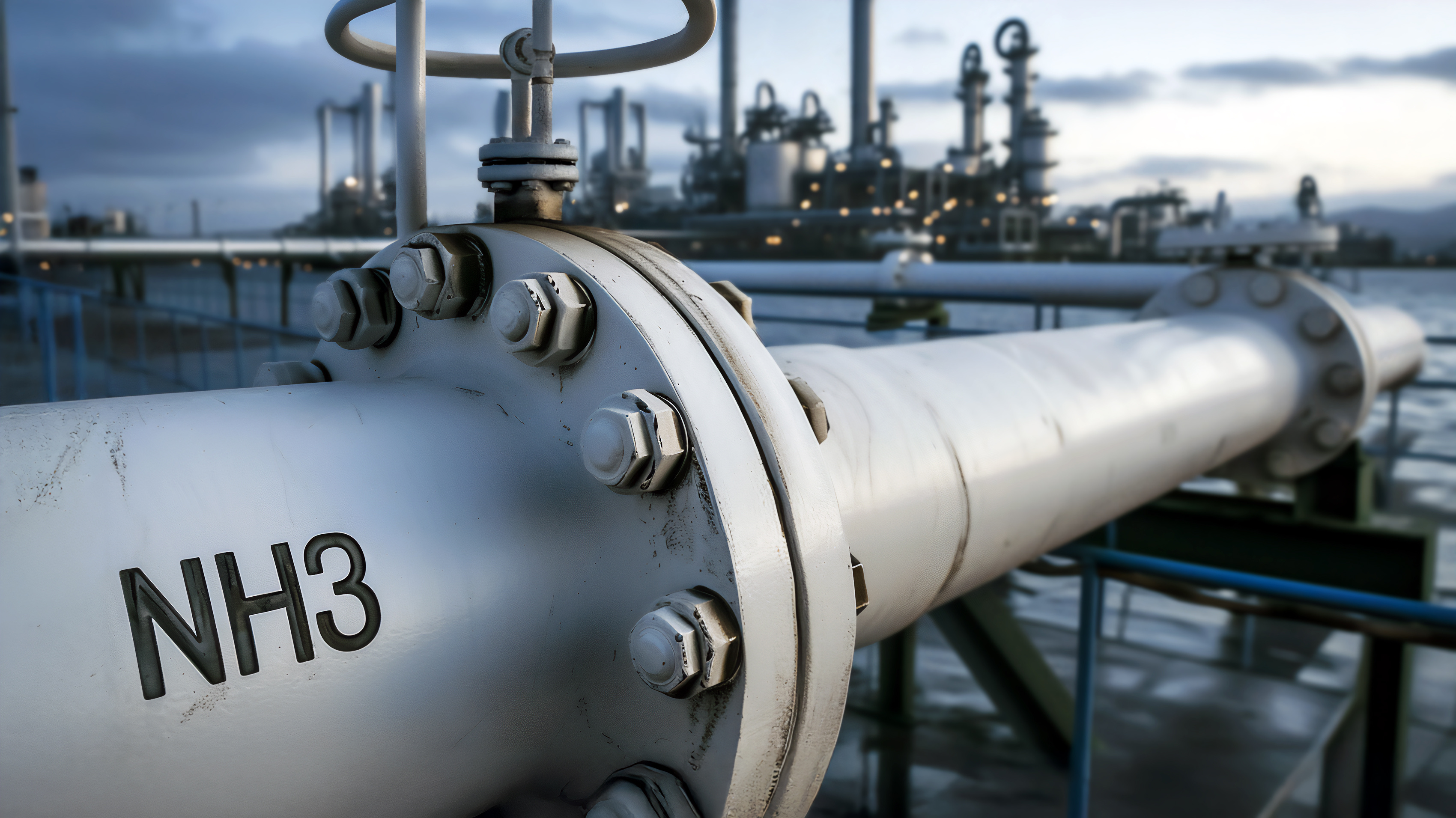
Introduction
COP27 took place in Sharm el-Sheikh, Egypt, from 7-20th November 2022, having overrun by a day and a bit for the agreement to be signed off by the 200 countries which participated in the conference.
Although COP27 was not originally a key milestone in the timetable set out in the 2015 Paris Agreement, the emissions cuts promised ahead of COP26 in Glasgow had been insufficient to limit global average temperature rises to within the Paris Agreement targets (‘well below’ 2°C, and ideally 1.5°C, above pre-industrial levels). The Glasgow COP therefore concluded with the Glasgow Climate Pact that called for countries to put forward strengthened targets before COP27. There were therefore high expectations that COP27 would build on the momentum of COP26 and that more substantial commitments would be agreed.
Prior to COP27 there had also been growing calls from developing countries for fulfilment of historic climate finance promises and calls for a “loss and damage” agreement on the compensation to be paid by developed countries (whose historical activities have contributed more to climate change) for the “loss and damage” suffered by developing countries (who often suffer the most severe consequences) as a result of climate change. It has for some time been clear that agreement on these important points was needed in order achieve the consensus required for other key discussions to progress.
When considering whether COP27 lived up to these expectations, it is worth bearing in mind that many significant things had happened in the year since COP26, most notably the war in Ukraine and the energy crisis it engendered. There had also been several resurgences of the Covid virus, which continues to linger in some countries, and a global economic downturn.
Headline targets and commitments
At COP26 it had been acknowledged that the commitment to keep the average rise in temperature “well below 2C” above pre-industrial levels was not safe, and that the more ambitious Paris Agreement commitment of limiting the average increase to 1.5C was required.
At COP27, some countries tried to renegotiate this agreement, albeit unsuccessfully, and 1.5C remains the commitment. The commitment to reduce greenhouse gas (“GHG”) emissions by 43% by 2030 (compared to 2019) agreed at COP26 was also retained. However, to many, it was disappointing that the commitment was not improved upon: UN Climate experts had warned that GHG emissions have to peak by 2025 and to drop sharply thereafter just to keep the Paris Agreement’s 2.0C. Failing to sharply curb GHG emissions beyond national pledges before 2030 would put a 1.5C world "beyond reach" . Many were therefore disappointed that a commitment to ensure that GHG emissions peaked before 2025 did not make it into the final text at COP27.
Many countries also felt let down by the omission to follow up on the phase-down of coal, and the lack of commitment to phase down or reduce the use of fossil fuels.
The text of the COP27 agreement includes new language referring to “low-emissions” energy which some argue could be used to justify the continuing use and development of fossil fuels. Although most commentators recognise the role of greener fossil fuels such as LNG as transition fuels, these fuels still release GHG, and the critics argue that there should be a greater commitment to transition away from the use and development of fossil fuels.
Loss and damage and other progress at COP 27
One area in which significant progress was made at COP27 was in moves towards the creation of a loss and damage fund to compensate developing countries impacted by climate disasters. Although the mechanism for the workings of the fund still needs to be finalised, there was an acceptance that richer nations should be expected to pay poorer countries for the damage and economic losses caused by climate change events such as flooding and drought. During the negotiations, the EU suggested that this might be funded through taxes on oil and gas companies, and through levies on air tickets and shipping containers.
In addition to the progress on the loss and damage fund, numerous other important initiatives emerged from COP27 including the Indonesia Just Energy Transition Partnership, the First Movers Coalition and the Food and Agriculture for Sustainable Transformation (FAST) initiative.
IMO and MEPC
COP27 was the last COP before the IMO meets in 2023 at MEPC 80, when a review of its 2018 GHG strategy is due to take place, with anticipated revised targets to be announced in July 2023. The IMO’s current emissions reduction targets are to reduce CO2 emissions by 40% by 2030 and 70% by 2050, and a separate 50% reduction of GHG by 2050, all percentages with reference to 2008 levels. These targets were not seen as sufficiently ambitious at COP26 and the IMO was invited to align shipping’s targets with the UN’s goal of 100% decarbonisation by 2050. The IMO nevertheless voted against the adoption of such a change at MEPC 77 in December 2021.
- the scaling-up of green hydrogen production to 5.5 million tons per year by 2030;
- the full decarbonisation of the shipping sector by 2050 at the latest.
MEPC 79 is due to run from 12-16 December 2022.
Initiatives to decarbonise shipping
Despite the lack of change to the IMO targets, several governments, shipping companies, and other companies linked to the sector have forged ahead with ambitious initiatives aimed at decarbonising shipping. Below we provide an update on some of the initiatives we reported on in our summary following COP26, and highlight some new initiatives announced at COP27:
At COP26, the UK-led Clydebank Declaration set out their aim of creating at least six green shipping corridors i.e., specific maritime routes that are decarbonised from end to end, by 2025. In their first Annual Progress Report on Green Shipping Corridors, major progress was announced with over 20 green corridor initiatives identified across Transpacific, Asia Pacific and Transatlantic regions, Europe, North and South America.
Led by Denmark, Norway and the UK, the twelve current members of this alliance between countries, the private sector, research institutes, and civil society, the Mission will demonstrate commercially viable zero-emission ships by 2030 by focusing on the entire value chain: the ship, the fuel production, and the fuel infrastructure, driving the sector to a tipping point in its transition to well-to-wake zero-emission fuels as soon as possible. This will lay the foundation for a zero-emission shipping future and accelerate progress towards zero by 2050.
MAN Energy Solutions – along with leading organisations across the shipping value-chain and the largest producers of green hydrogen – signed a ‘Joint Statement on Green Hydrogen and Green Shipping’. Signatories have agreed to pursue cross-sector collaboration to achieve their ambitious targets below and are calling on policymakers and the IMO to match these targets:
- commercially viable, zero-emission, deep-sea vessels from 2030 with the intention of using exclusively zero-emission-powered ocean-freight services by 2040;
- the scaling-up of green hydrogen production to 5.5 million tons per year by 2030;
- the full decarbonisation of the shipping sector by 2050 at the latest.
The Getting to Zero Coalition, UMAS, and the UN High-Level Climate Champions emphasized the importance of following an action plan to ensure zero emission fuels make up 5% of international shipping fuels and 15% of domestic shipping fuels by 2030 through the establishment of short-term actions and goals for players in the value chain.
On 7 November, during the World Leaders Summit of COP27, Norwegian Prime Minister Jonas Gahr Støre and US Special Presidential Envoy for Climate John Kerry launched the Green Shipping Challenge. This initiative seeks to encourage all actors in the value chain, including governments, ports, and companies to make concrete commitments related to the production of zero-emission fuels and infrastructure, zero-emission vessels and green corridors to lead the way towards shipping decarbonisation. Over forty announcements were made, as can be viewed here.
Members of coZEV, cargo owners for zero emission vessels, have raised their ambitions and declared their aim to decarbonise their ocean freight by 2040, on the way to full decarbonisation by 2050.
Conclusion
In his opening speech at COP27, UN Secretary General António Guterres warned that the world was “on a highway to climate hell with our foot on the accelerator”. He referred to renewables as “the exit ramp from the climate hell highway” and called for a Climate Solidarity Pact with developed countries taking the lead in reducing emissions.
The analogy used was strong, but it does sum up vividly the danger ahead for our planet and all its inhabitants if appropriate and timely actions are not taken. While we have a choice on the pace at which we approach the UN’s full decarbonisation targets, the message from the authoritative IPCC is clear: “limiting warming to around 1.5°C (2.7°F) requires global greenhouse gas emissions to peak before 2025 at the latest and be reduced by 43% by 2030”. Most experts recognise that higher and earlier investments in green energy and other green solutions will lock in early gains, which will lead to lower overall costs and a smoother transition towards 2050, and, in contrast, inadequate and slow investments will result in costs that will be many times higher, coupled with an abrupt, disruptive and less certain transition.
Additional Comments from Patrick Ryan, UK P&I Club Sustainability Director.
The IPCC described their 2021 report as a “code red for humanity”. That report emphasised that urgent action is required on an enormous scale in order to avoid catastrophic consequences from climate change, and stressed that the headline objective must be to limit global average temperature rises to 1.5°C above pre-industrial levels. At COP27 there has been a re-acknowledgement of the importance of meeting this 1.5°C commitment.
Although it is helpful to establish this important head-mark, the really challenging part is to navigate a safe path to it. At the UK P&I Club our Members are our first priority and we are determined to support each of them in their own drives toward a more sustainable future. We recognise the difficult decisions and challenges faced by our Members, and the wider shipping community, and welcome the various practical initiatives focused on developing marine engines that can burn new green fuels safely and addressing the further challenges of producing the new fuels in sufficient volumes and developing the wider infrastructure needed for those fuels.
It is clear that change across the shipping industry needs to happen at extraordinary scale and at great pace. With so many technical, financial, and operational challenges to address, it will be more important than ever that ship owners and operators maintain a strong relationship with their insurers so that they can tackle these challenges with confidence and support.
COP28 has been scheduled to take place in the United Arab Emirates in November 2023.





